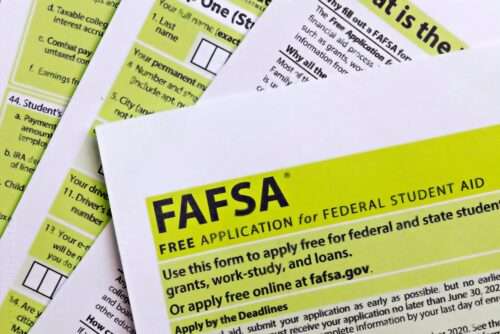Are you a military member looking for financial assistance to cover your college expenses? Pell Grants may be the solution for you.
In this article, we will explain what Pell Grants are, how they work for military members, eligibility requirements, and how much aid you can receive. Keep reading to find out how to secure free aid for your education.
Understanding Pell Grants
Pell Grants are the largest type of federal financial aid awarded by the U.S. Department of Education. Unlike loans, Pell Grants do not require repayment, making them an attractive option for students. The grant amount is determined solely based on your financial need, taking into account factors such as your finances, enrollment status, and tuition costs.
It is important to note that academic achievement does not influence the award amount, although part-time enrollment may result in an adjusted grant.
How Pell Grants Work for Military Members
To access Pell Grants and other forms of financial aid, you need to file the Free Application for Federal Student Aid (FAFSA®) each year. This application allows you to determine the amount of assistance you are eligible to receive. It is crucial to complete the FAFSA® even if you think you may not qualify for aid. The process is free, and you may discover additional resources available to you.
Determining Pell Grant Amounts
The maximum Pell Grant award for the 2023-2024 academic year is $7,395, which is also the same maximum amount given through the Iraq and Afghanistan Service Grant. To continue receiving Pell Grants, you must submit your FAFSA® annually.
Additionally, if you have experienced specific circumstances, such as the death of a parent or guardian or military service in Iraq or Afghanistan after September 11th, the Expected Family Contribution (EFC) will be adjusted to zero. This adjustment maximizes the Pell Grant aid available to you.
Meeting Eligibility Requirements
To be eligible for Pell Grants, you must meet certain requirements set by the U.S. Department of Education. These requirements include:
- U.S. citizenship or eligible non-citizenship status
- Possession of a valid Social Security Number
- Maintenance of satisfactory academic progress, which includes a minimum 2.0 grade-point average and an expected graduation date within 150 percent of the normal timeframe
- Qualification for a post-secondary education
Additionally, to access federal aid, you must submit your FAFSA® by the deadlines specified by both federal and state institutions, as well as any additional deadlines set by the schools you are applying to.
Repayment of Pell Grants
In most cases, Pell Grants do not require repayment. However, there are circumstances in which repayment may be necessary. For example, if you withdraw early from a program for which you received a Pell Grant, you may be required to repay all or part of the award.
Changes in your enrollment status or the receipt of additional aid that alters your financial need may also result in repayment obligations.
Also check out: Best Financial Aid Options for Veterans and Their Families

Conclusion
In conclusion, Pell Grants offer military members the opportunity to receive free aid for their education. By completing the FAFSA® and meeting the eligibility requirements, you can access these grants to help cover your college expenses without the burden of repayment.
Take advantage of this valuable resource and invest in your future with the financial support you deserve.



